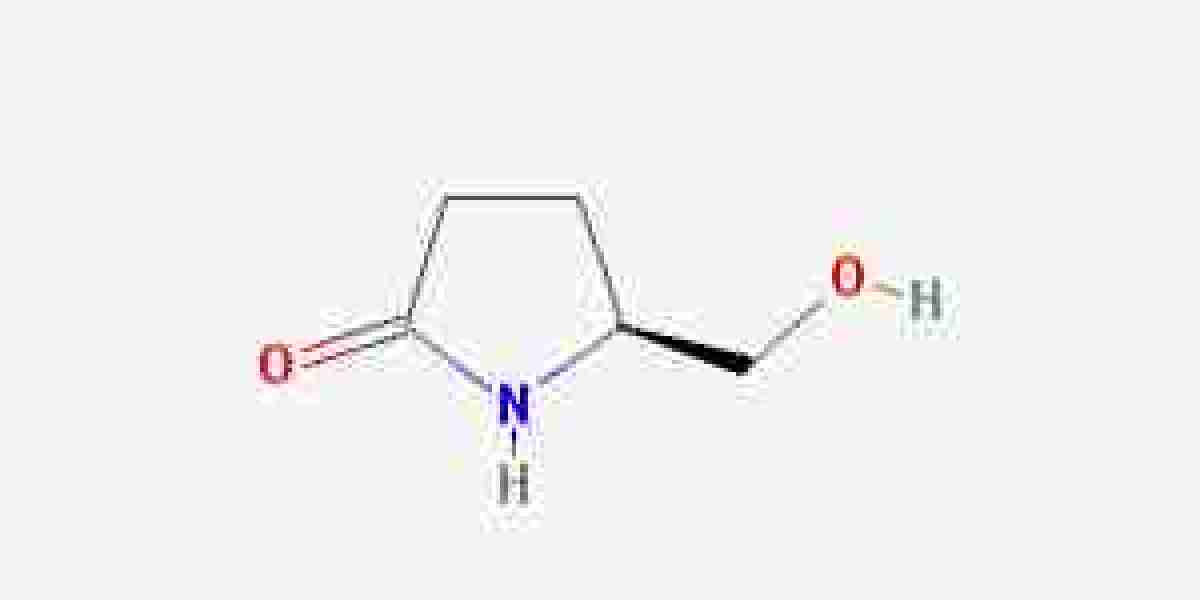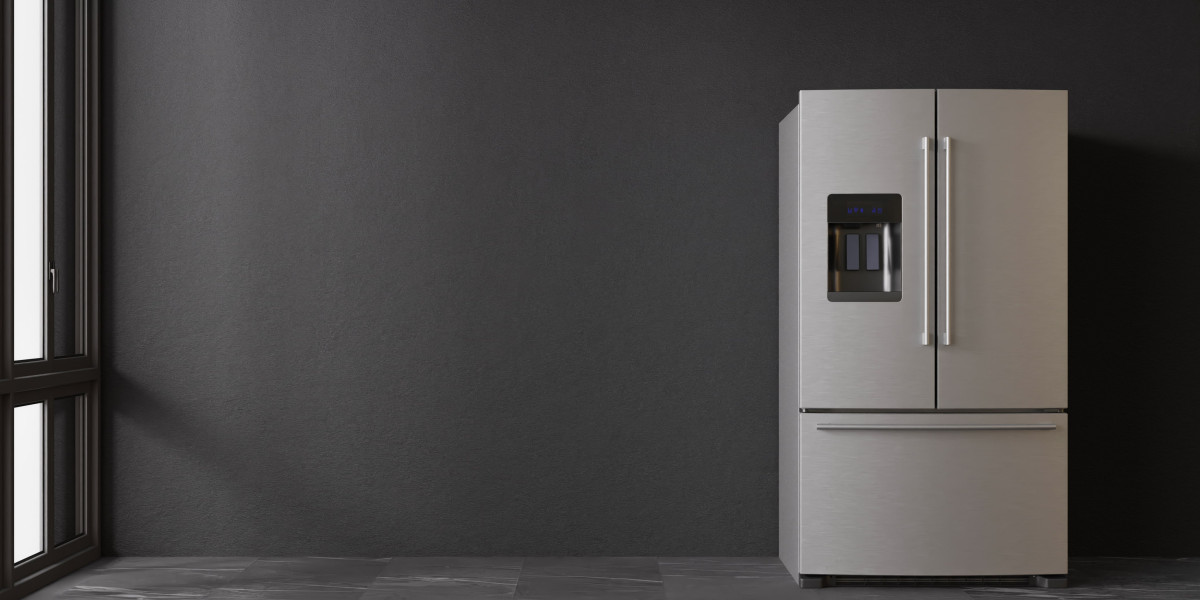InGaAs Cameras: High-Sensitivity Imaging for Infrared Applications
Indium Gallium Arsenide (InGaAs) cameras are specialized imaging devices designed for capturing high-quality images in the short-wave infrared (SWIR) spectrum. These cameras have become essential tools in a variety of industries—including defense, scientific research, telecommunications, and industrial inspection—thanks to their exceptional sensitivity and performance in low-light and non-visible environments.
What is an InGaAs Camera?
An InGaAs camera uses a sensor made of Indium Gallium Arsenide, a compound semiconductor material that is highly responsive to light in the 0.9 to 1.7 microns wavelength range, which includes much of the SWIR band. Unlike traditional silicon-based sensors (which are limited to visible and near-infrared light), InGaAs sensors enable imaging beyond the visible spectrum, making them ideal for detecting features invisible to the human eye.
Key Features of InGaAs Cameras
Short-Wave Infrared (SWIR) Sensitivity: Covers the 900 nm to 1700 nm range, with some extended-range models going beyond 2,000 nm.
High Signal-to-Noise Ratio (SNR): Enables clear imaging in extremely low-light or variable lighting conditions.
Fast Response Time: Suitable for high-speed imaging applications.
Thermal Stability: Performs well across a range of temperatures with minimal drift.
Non-Destructive Inspection: Allows penetration through materials like silicon, plastic, and glass without damaging the subject.
Applications of InGaAs Cameras
Defense and Surveillance: Used in night vision systems, laser detection, and covert surveillance in no-light or low-light conditions.
Semiconductor Inspection: Ideal for monitoring wafer alignment, detecting defects, and checking layer uniformity through silicon wafers.
Medical and Life Sciences: Enables imaging of tissues, blood vessels, and fluid dynamics in near-infrared diagnostics.
Industrial Quality Control: Used for inspecting solar panels, food sorting, plastic identification, and leak detection.
Scientific Research: Applied in spectroscopy, astronomy, and photonics research.
Advantages Over Other Imaging Technologies
Deeper Material Penetration: Can see through silicon and detect features beneath surfaces.
Non-Invasive Detection: Suitable for applications where non-contact or non-destructive imaging is required.
Superior Low-Light Performance: Outperforms silicon sensors in dark or infrared-rich environments.
Minimal Illumination Requirements: Reduces power consumption and heat generation.
Challenges and Considerations
High Cost: InGaAs cameras are more expensive due to the complex manufacturing of the sensor material.
Limited Consumer Use: Primarily found in professional and industrial environments.
Cooling Needs: Some high-end models require cooling to reduce noise and maintain performance.
Data Handling: Large volumes of high-resolution SWIR data require robust processing and storage systems.
Future Outlook
With increasing demand in semiconductor manufacturing, autonomous vehicles, environmental monitoring, and telecom (especially for fiber optics testing), the InGaAs camera market is expected to grow significantly. Technological advancements in miniaturization, cost reduction, and extended wavelength sensitivity are further expanding its reach into new domains.
InGaAs cameras stand at the forefront of infrared imaging, offering unmatched sensitivity and versatility for advanced industrial, scientific, and defense applications. As the need for non-visible imaging grows, so will the significance of InGaAs technology in the broader imaging ecosystem.





